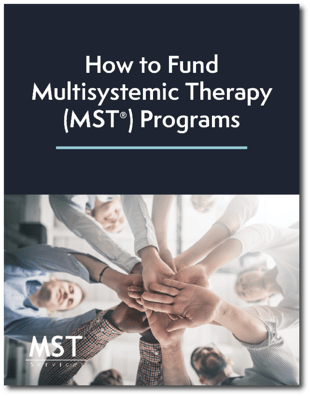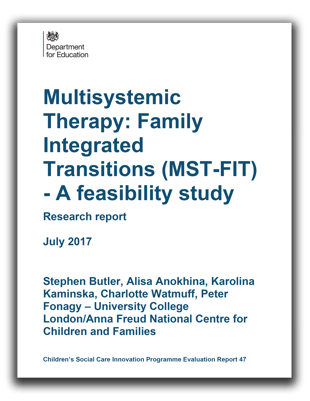Multisystemic Therapy: Family Integrated Transitions (MST-FIT)

MST-FIT serves juveniles who are currently in
With MST-FIT, the youth and family get a jump on making the transition from out-of-home placement to home. The goal is to lower recidivism, connect the family with community supports, remove a youth’s dependence on drugs and alcohol, promote pro-social behavior and effectively manage the child’s mental-health disorders.
Video: How MST-FIT Helps Break the Cycle of Recidivism
This short film describes the Family Integrated Transitions program developed by the University of Washington School of Medicine Department of Psychiatry & Behavioral Sciences Division of Public Behavioral Health & Justice Policy to address the issue of recidivism among youthful offenders. The program recognizes that delinquent behavior is often the result of issues at home and aims to include entire families in a therapeutic process that will break the cycle of chronic multigenerational recidivism.
How to Fund Juvenile Treatment Programs

The MST approach to putting juvenile offenders on the right path has been shown to be extremely effective in terms of its success rate, decrease in crime and keeping down costs. The question becomes how can communities and organizations pay for MST programs? Here are four steps that should be considered:
1. Assess whether your community needs an MST program.
2. Determine what funding is available.
3. Set up sustainable funding that will be in place for years.
4. Focus on long-term strategies.
Contact Us
Interested in starting an MST program in your area?
Fill out the form below and someone will contact you shortly.

-1.png?width=300&name=WP-Thumbnails%20(2)-1.png)




